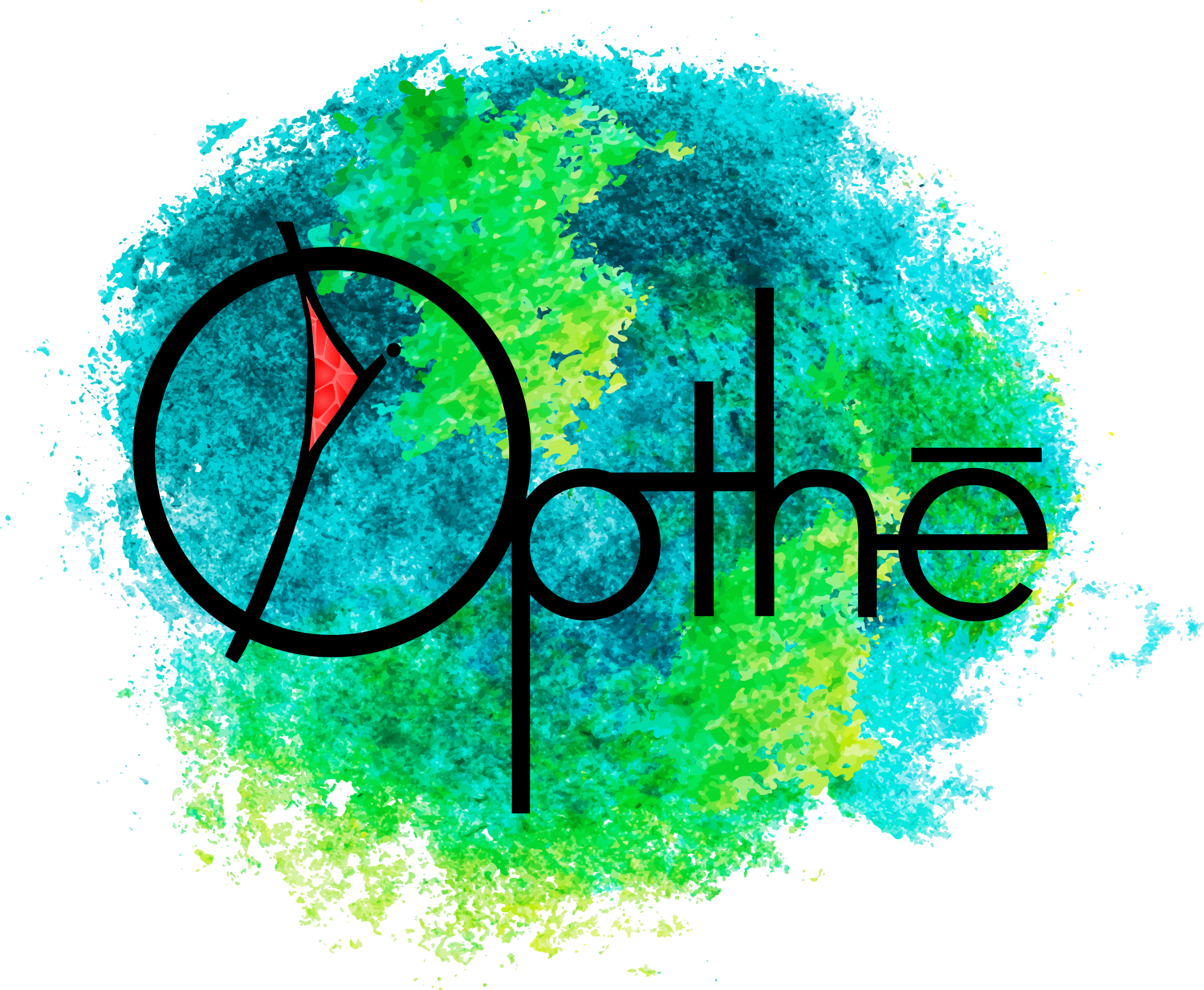There is a moment—often silent, often unwelcome—when the sacred veil thins. A child asks “Why?” too many times, and the ritual breaks. A theologian realizes that the God they worshipped may have been a metaphor all along. A priest, still draped in vestments, feels the hollowness behind the creed and cannot un-feel it. These moments are not heresy. They are holy.
What comes next, though, is dangerous.
For those brave enough to look behind the curtain, there is the sudden drop: the realization that so much of what we thought was real—God, soul, heaven, sin, even love—has been shaped, crafted, constructed. Not discovered, but made. And if made, then possibly not true. The panic begins here. The pod person shudders. The exile begins.
But this panic is based on a false dichotomy: that if something is constructed, it cannot be sacred. That illusion means falsehood. That metaphor means deception. This is the lie that eats the soul.
In Opthē, we ring the bell at this threshold. Not to silence the illusion, but to illumine it.
We begin by naming the truth plainly: humans live in metaphor. We breathe it. Language is metaphor. Identity is metaphor. God is metaphor. Not one of us sees reality as it is—we see it through stories, symbols, rituals, projections. This is not failure. This is how we humans evolved to survive the harsh realities of life on this planet. This is the brilliance of human cognition: to take the inchoate chaos of the world and turn it into meaning.
The sacred is not found in escaping illusion. It is found in seeing it clearly.
When we mistake our metaphors for literal truth, they calcify into dogma. "God" becomes a cosmic landlord. "Sin" becomes a weapon. "Salvation" becomes a transaction. This is where religion has often failed: not in its use of illusion, but in forgetting that it was illusion. In making the symbol more real than the truth it pointed toward.
Opthē insists on a different way: we expose the metaphor as metaphor and still hold it close. We teach people to see through without falling through.
This is what sacred maturity looks like. Not clinging to fantasy, and not collapsing into despair—but living in the bright, aching clarity of constructed meaning. God is a symbol. Love is a construct. Ritual is theater. But when we know this—really know it and still choose to participate—we make them sacred again. We make them ours.
This is the work. This is the vow.
We will ring the bell every time we use a metaphor. We will point to the illusion and say: this is not truth but the frame we chose to hold truth. And we will keep choosing it—not blindly, not fearfully, but as conscious, sacred beings making meaning together.
In this, we do not lose the sacred. We become it.

